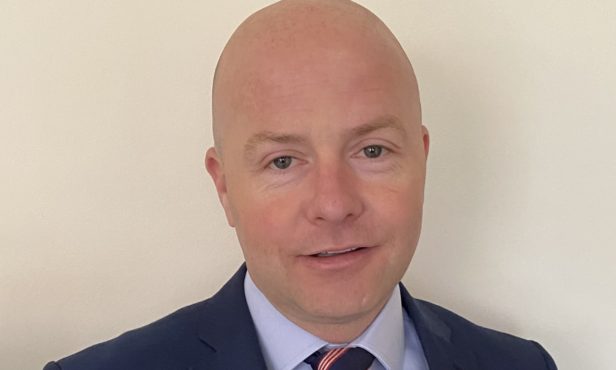Jonathan Stinton is head of intermediary relationships at Coventry for intermediaries
Borrowers have long faced a difficult decision when it comes to choosing a mortgage and it’s a decision that every intermediary will be familiar with. How long should they fix for – two, three or five years, or perhaps more?
In recent years for many mortgage customers, fixing for longer has become increasingly popular. Customers saw similar headline rates on 2 and 5-year fixes and many have chosen to lock into the improved security of payments that a 5-year product represented. Data from the Bank of England even shows that more than half of all the mortgages issued in the last quarter of 2019 had interest rates fixed for five years or more.
But from Brexit to the pandemic, we now live in more uncertain times. Borrowers have changed too, their needs and circumstances are often more complex and they are in need of options which can better adapt to the uncertainties they face in their own lives.
All this has made the decision of whether to fix for longer a greater dilemma, not just for many borrowers but also for the intermediaries that provide the advice they need to move forward. For instance, mortgage rates are rising – data from Moneyfacts shows that the average two-year fixed rate mortgage at 85% LTV has crept above 3%, while figures from Knight Frank show that average rates on two year fixes rose in October.
So do borrowers fix for the next two years to tide themselves over in the hope that a vaccine brings an end to the COVID-19 pandemic and rates potentially fall again? Or will rates continue to increase leaving them worse off in the future if they don’t fix for the long term?
In today’s mortgage market though, choosing a longer-term fixed rate doesn’t always have to mean sacrificing flexibility. Intermediaries can now offer their clients exactly what they are seeking with mortgages that give the perfect blend of certainty and flexibility. These options could make fixing for longer a more sensible option and they can be a powerful option in an intermediary’s arsenal. So, what exactly makes flexible options different?
Increased flexibility
Allowing borrowers to overpay on their mortgage is nothing new – intermediaries will be aware that lenders across the industry give customers the option to make overpayments of up to 10% per year. Intermediaries will also be aware of the benefits for customers – overpaying means clients will pay off their mortgage in a shorter period of time, paying less interest and saving thousands of pounds.
However, being able to make unlimited overpayments whenever a borrower wants can provide even greater flexibility. It’s less common, but it is increasingly an option. Combine this in with no early repayment charges, and borrowers are set to benefit from the security of a fixed rate but with the ability to redeem their mortgage if and when they want.
And what about borrowers who want to move? These flexible products are also portable too, allowing borrowers to move to their new dream home, but without sacrificing their low fixed rate deal.
Options fit for today’s borrowers
Fixing flexibly for the long-term could be a win-win for borrowers in today’s mortgage market. With the prospect of furlough, further lockdowns and uncertainty about the real economic impact of the pandemic, borrowers are seeking security. They want to know exactly what they’ll need to pay each month. But not everyone wants to lock into a fixed rate for five or maybe ten years. After all, what happens if their plans change?
It’s more common than we might think. Borrowers might decide they want or need to move in the future, perhaps due to work or because they decide to have a family. And if they’re self-employed, they may even expect to see their income rise as their business recovers in the months and years ahead. They need options that give them that security, but also allow them to adapt as their plans change.
Intermediary benefits
Fixing for the long-term doesn’t mean fewer opportunities for intermediaries either. It’s easy to assume that the longer the fix, the fewer opportunities there will be to help the same customer.
However, with the added flexibility of no ERCs and unlimited overpayments, keeping in contact with customers about new deals and responding to their changing needs is just as important. Protection needs are always a priority in changing times, and ensuring long-term flexible fixes continue to meet the suitability test for each borrower also provides intermediaries with the opportunity to engage with customers on a regular basis.
And while fixing flexibly for the long-term might be a great option for some customers, there will always be a place for shorter term products too. Not every customer will want to fix for five or ten years. For borrowers at the early stage of their homeownership journey with plans to move in the near future, a short-term fix of two or three years is likely going to be the better option as they move up the ladder.
The option to fix long term flexibly now provides a unique solution that can help intermediaries to balance the competing consumer needs of security and flexibility in today’s mortgage market. And flexible long-term fixes could be an option that enables intermediaries to reach out to an even wider group of customers as they continue to advise borrowers in an uncertain world.

